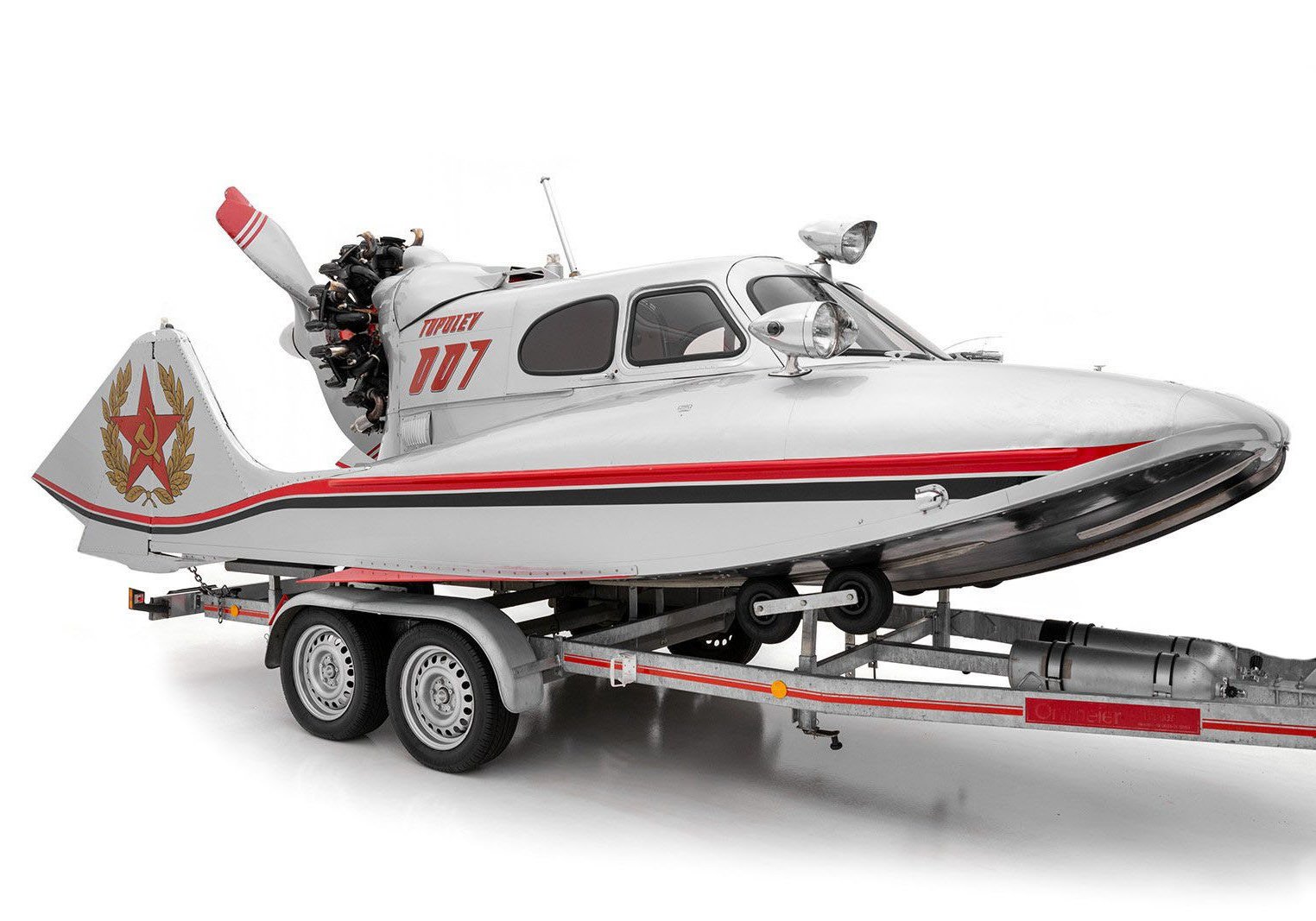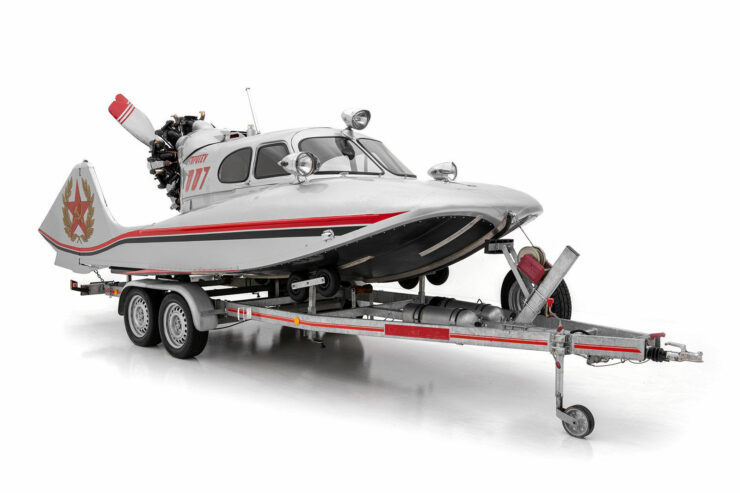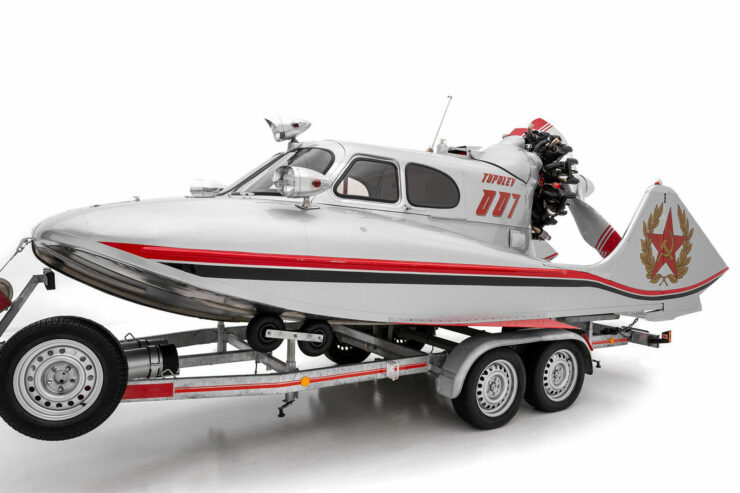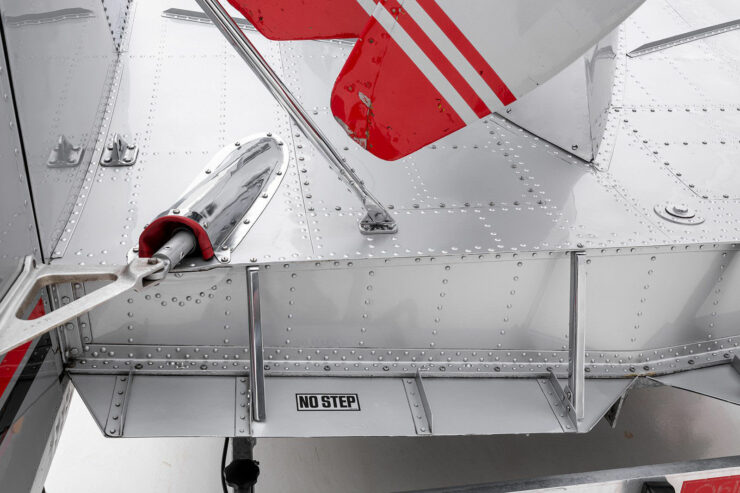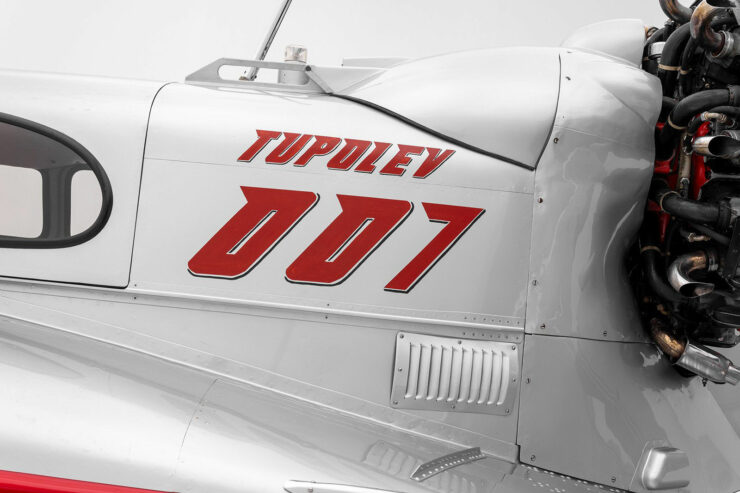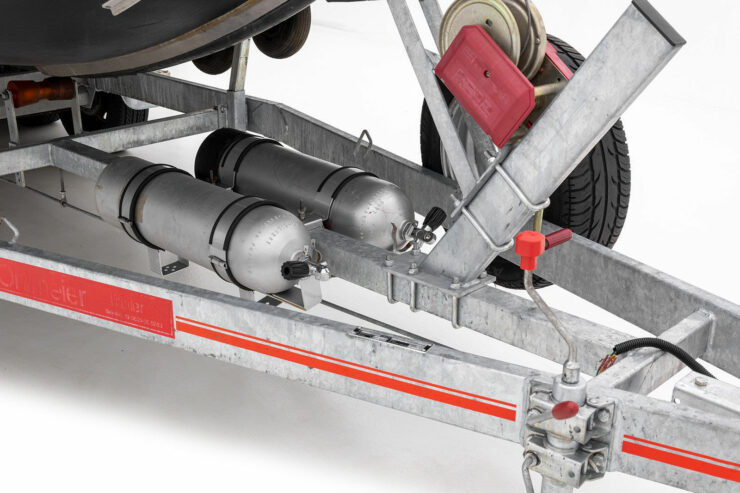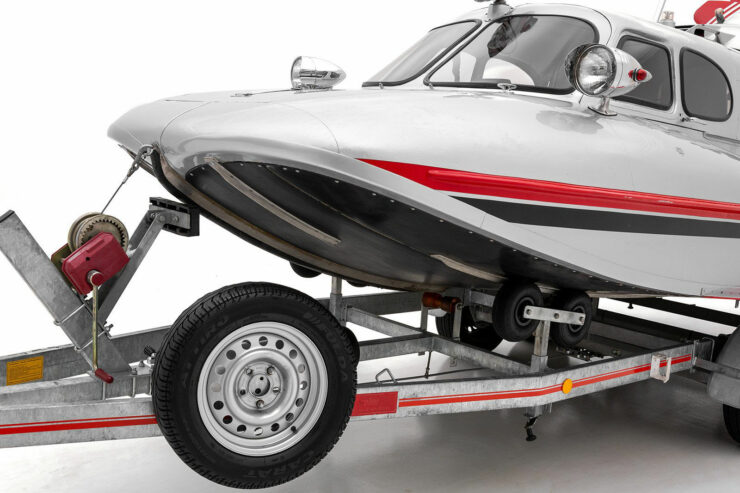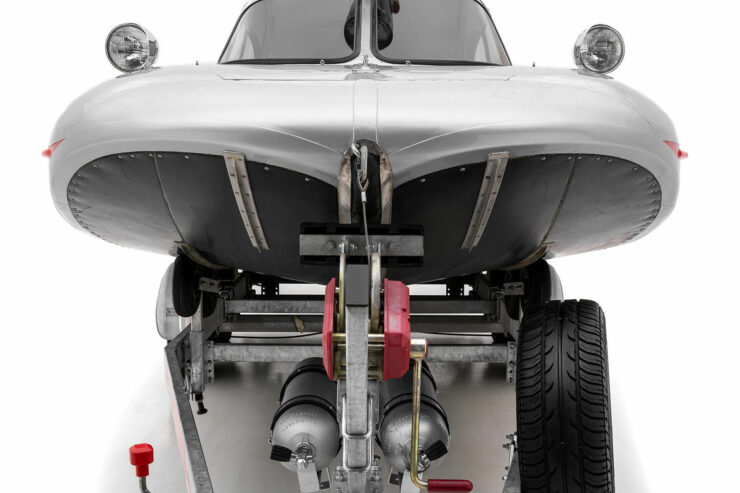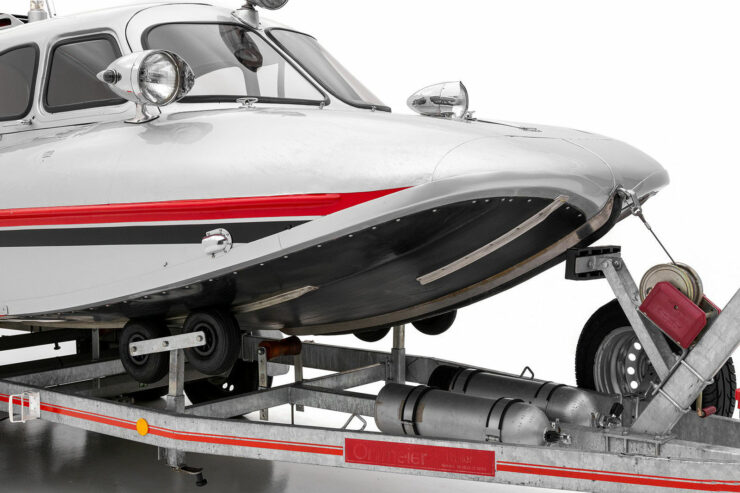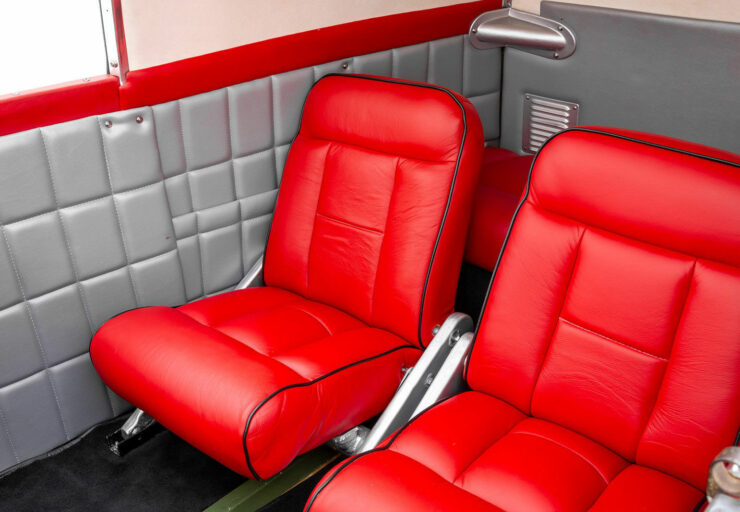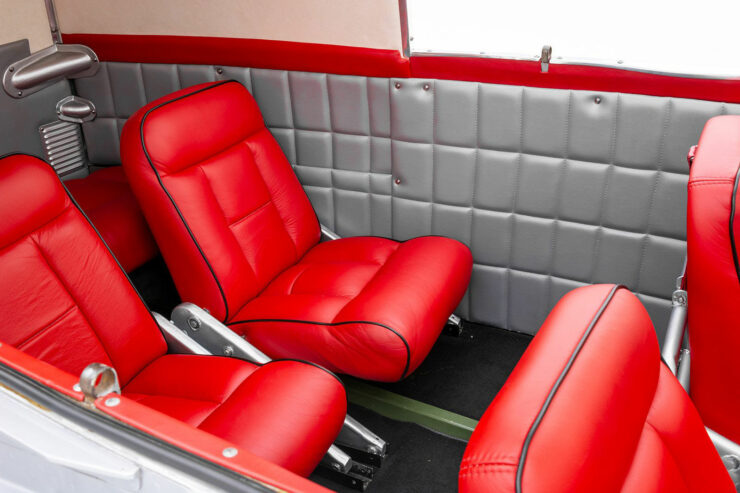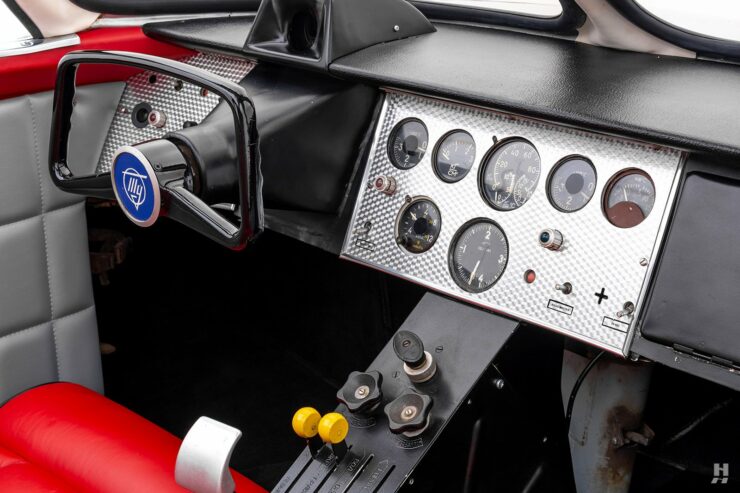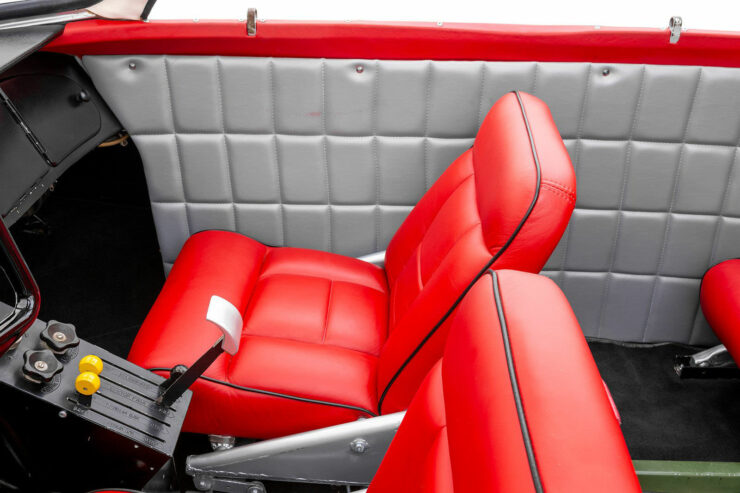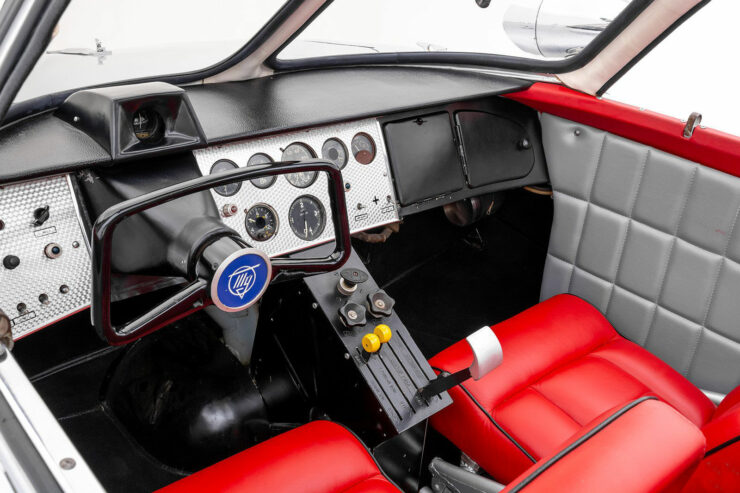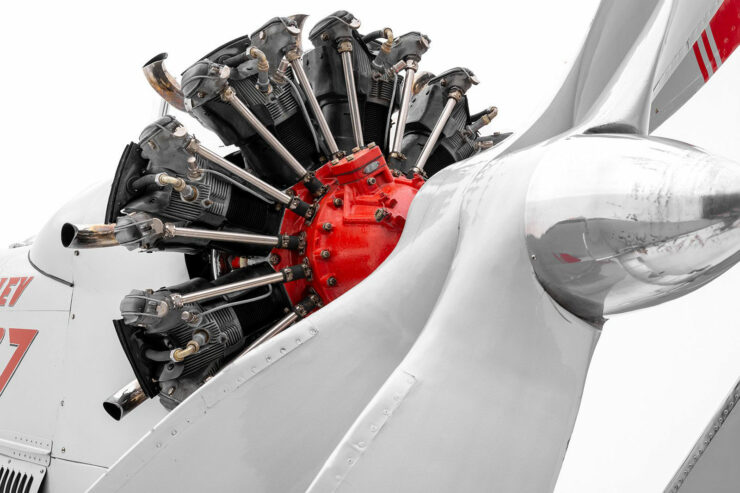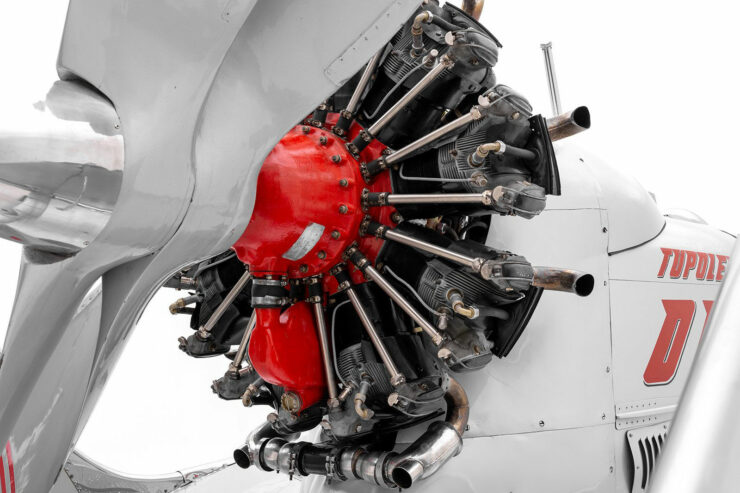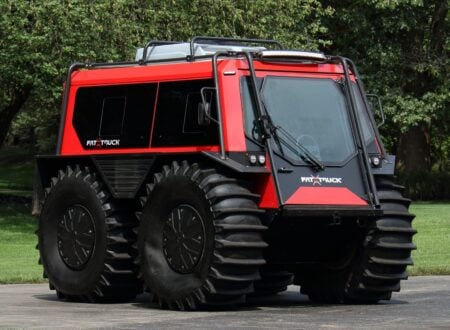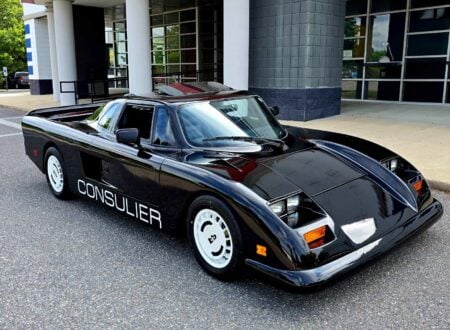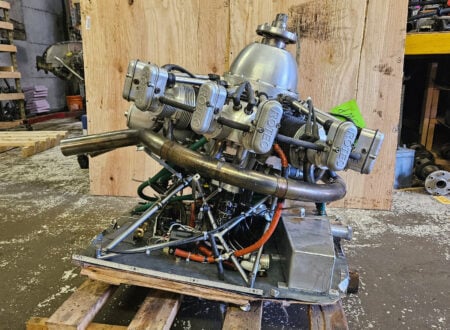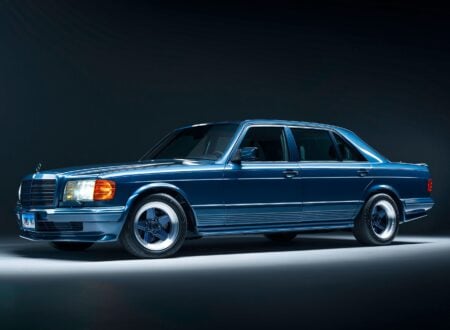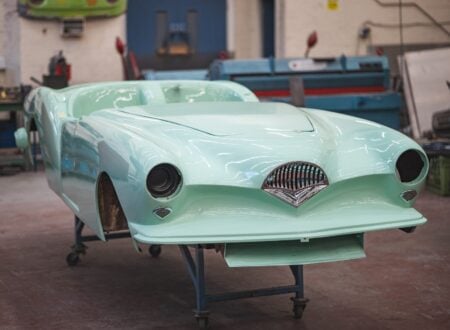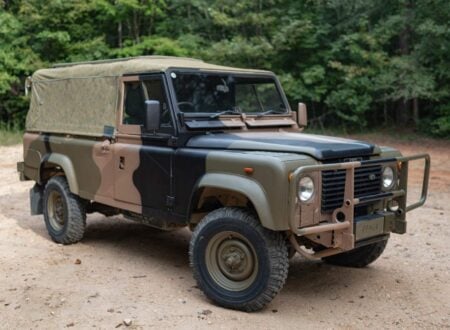The Tupolev A-3 Aerosledge is an unusual curiosity from the depths of the Cold War. The CIA and MI6 doubtless had thick folders on the craft as it was used for collecting both cosmonauts and crashed pilots in remote areas of Siberia.
The vehicle is an all-metal, aluminum-bodied amphibious “aerosledge” with a single roof-mounted engine and a propeller in a pusher configuration. It can be used to cross water, snow, and ice, offering a transportation option for communities deep in the Siberian wilderness.
Fast Facts – The Tupolev A-3 Aerosledge
- The Tupolev A-3 Aerosledge was developed in the 1960s when the USSR sought new transportation solutions for its vast, snow-covered eastern wilderness. The challenging winter conditions in remote regions prompted the need for a versatile vehicle capable of navigating snow, water, and ice.
- The task of designing the A-3 was given to the Tupolev Design Bureau who were largely recognized for their aviation contributions. Under Andrey Nikolayevich Tupolev’s leadership, the bureau combined principles of aviation and ground transportation to design the A-3 Aerosledge.
- The Aerosledge was part aircraft, part snowmobile, and part ground effect vehicle (GEV). GEVs operate by exploiting the cushioning effect present between an aircraft and the ground at very low altitudes. This phenomenon allows such vehicles to hover just above the surface, making the A-3 Aerosledge suitable for traversing snow and ice at speed.
- Powering the A-3 was a roof-mounted radial piston engine, driving a propeller. This setup provided ample thrust and didn’t rely on contact with the ground, it could also be refueled using standard aircraft fuels which could be sourced at the many airfields in the region.
- The Tupolev A-3 Aerosledge you see in this article is currently for sale for $209,500 USD, it’s been fully restored and it’s now powered by a 10 liter, 9 cylinder Vedeneyev M14P radial engine 360 bhp.
Tupolev A-3 Aerosledge
The Aerosledge project began in the 1960s, a time when the USSR was experiencing rapid technological and infrastructural growth. The vast Russian terrain, with its exceptionally challenging winter conditions, posed major transportation difficulties – especially in remote regions where roads were either non-existent or often impassable due to snow.
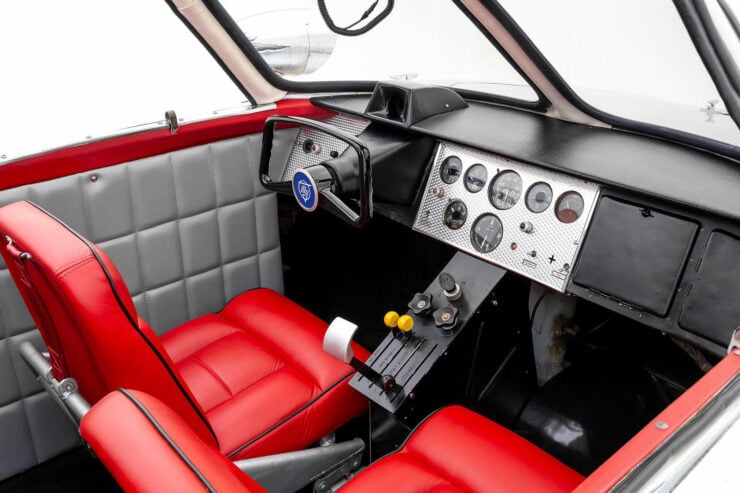 The cockpit of the Tupolev A-3 Aerosledge looks like something that was built on set for a 1960s James Bond film.
The cockpit of the Tupolev A-3 Aerosledge looks like something that was built on set for a 1960s James Bond film.To address these challenges, the Soviet government sought the development of a new type of vehicle, and a project was launched which gave birth to the Aerosledge.
The task of designing this new vehicle was handed to the renowned Tupolev Design Bureau, known primarily for its contributions to aviation. Under the guidance of Andrey Nikolayevich Tupolev, the bureau embarked on a project to create a machine that combined the principles of both ground and air transportation.
The Tupolev A-3 007 was not a conventional aircraft or a regular snowmobile, but rather a blend of both. At its core, it was a ground effect vehicle (GEV). Ground effect vehicles operate by taking advantage of the cushioning effect that occurs between an aircraft and the ground when it’s at a very low altitude. This allows the vehicle to hover slightly above the surface, reducing drag and making it ideal for traversing snow, ice, and bodies of water.
The vehicle has an aluminum body to help keep weight down, it has double plating on the bottom, and a layer of low friction 3.5 mm polyethylene attached to the underside for skimming across the ground.
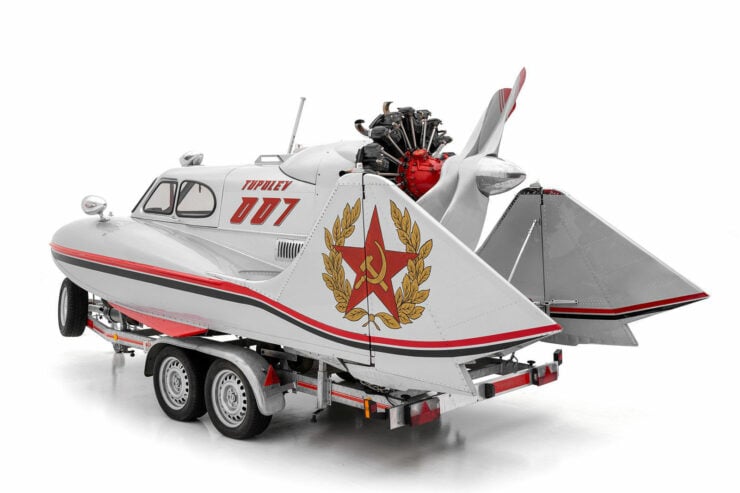 Steering is provided by large rear rudders that channel airflow left and right to provide directional control.
Steering is provided by large rear rudders that channel airflow left and right to provide directional control.The A-3 utilized a single, large propeller at the rear, powered by a radial aircraft engine. This configuration provided ample thrust and it didn’t rely on wheels or tracks to transmit power to the ground – meaning it would work on everything from snow and deep mud to water and ice.
Upon its debut, the A-3 was received with curiosity and excitement. Here was a machine that promised to unlock remote parts of the Soviet Union, offering faster and more reliable transport than traditional snow vehicles.
Its practicality was proven in numerous field tests. The Aerosledge showed promise in various tasks, from ferrying supplies to remote outposts to performing rescue operations in snow-bound regions. Its ability to travel at speeds of up to 120 km/h made it considerably faster than most other ground-based winter transport options of its time.
However, despite its potential, the A-3 did not witness widespread adoption. The unique challenges of maintaining and operating such a specialized vehicle, combined with the rapid advancements in other transportation methods, meant that the Aerosledge remained a niche solution.
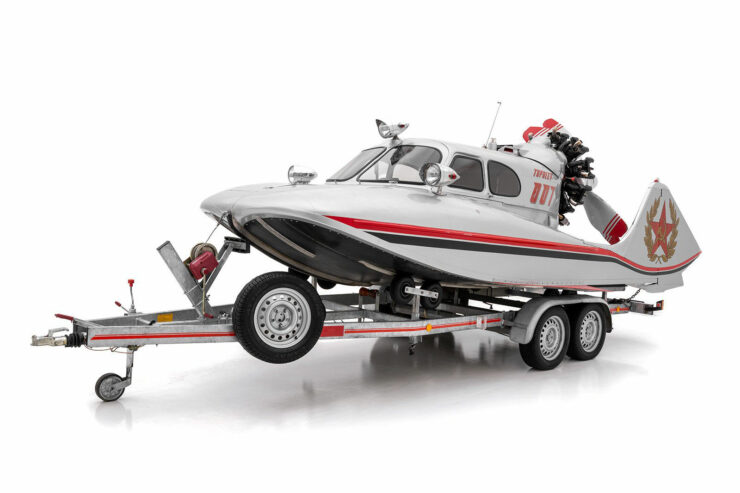 This fully restored Tupolev A-3 Aerosledge comes on a matching trailer, the trailer has dual compressed air tanks fitted which are used for starting the engine. Electric starters would never have worked in the exceedingly low temperatures of a Siberian winter.
This fully restored Tupolev A-3 Aerosledge comes on a matching trailer, the trailer has dual compressed air tanks fitted which are used for starting the engine. Electric starters would never have worked in the exceedingly low temperatures of a Siberian winter.Very few original examples of the A-3 have survived to the modern day, those that have are now highly valued by collectors of unusual vehicles.
The 1970 Tupolev A-3 Aerosledge Shown Here
The A-3 you see here has had one significant upgrade that was never available from the factory – it’s powered by a Vedeneyev M14P air-cooled supercharged 9-cylinder radial aircraft engine with a displacement of 10.16 liters, twin counter-rotating propellers, and 360 bhp.
Now licensed with the cold war appropriate tag N007, this Aerosledge was extradited from the USSR during perestroika, its fuselage was comprehensively restored by hand by a German specialist, and its engine rebuilt in Bacau, Romania.
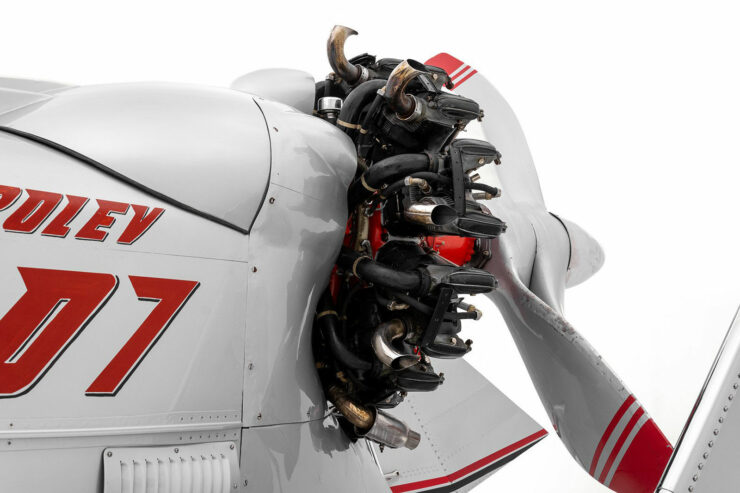 This Aerosledge was restored in Germany, it’s now powered by a mighty Vedeneyev M14P air-cooled supercharged 9-cylinder radial aircraft engine with a displacement of 10.16 liters, twin propellers, and 360 bhp.
This Aerosledge was restored in Germany, it’s now powered by a mighty Vedeneyev M14P air-cooled supercharged 9-cylinder radial aircraft engine with a displacement of 10.16 liters, twin propellers, and 360 bhp.Since crossing the Atlantic (not under its own power) and taking up residence in the USA it has won the Corinthian Award, given at the Keels and Wheels Concours d’Elegance in Houston, in 2006.
This highly-unusual Cold War-era vehicle is now being offered for sale by Hyman Ltd with an asking price of $209,500 USD. It represents a unique opportunity to acquire a restored and fully operational Aerosledge, if you’d like to read more about it or enquire about buying it you can visit the listing here.
Special thanks to Jordan and the team at Bespoke Motor Cars for the tip-off on this one.
Images courtesy of Hyman Ltd.

